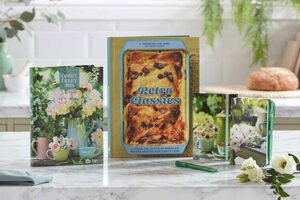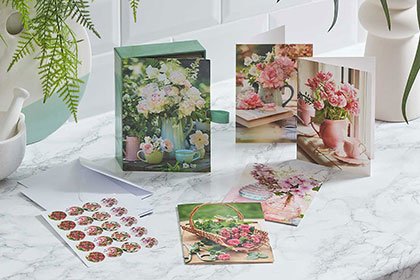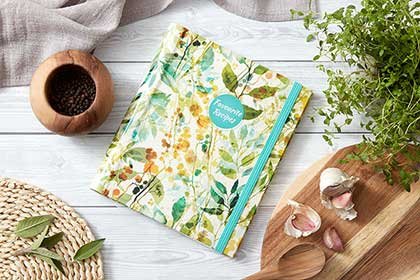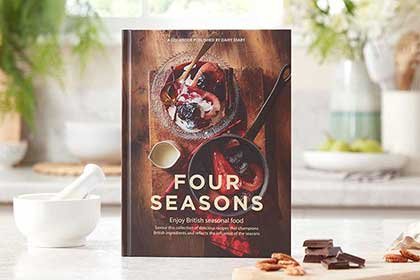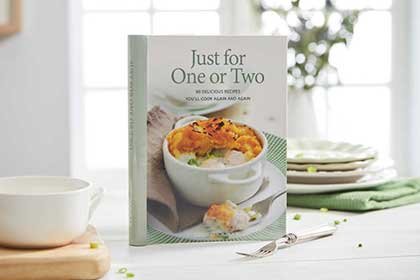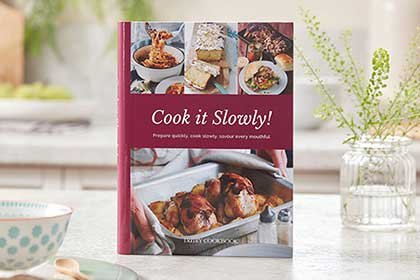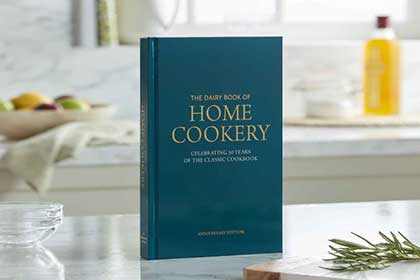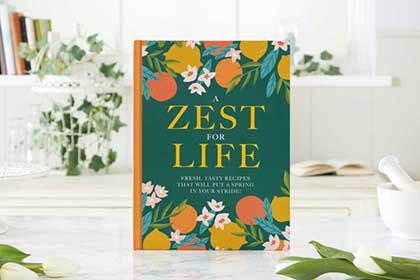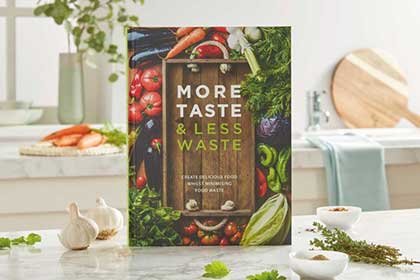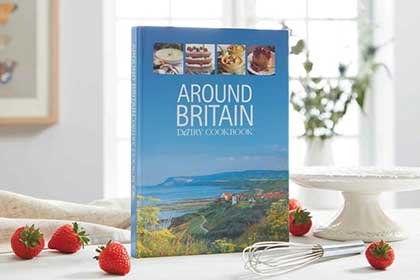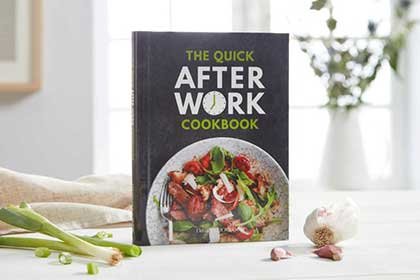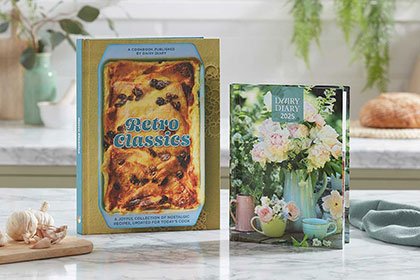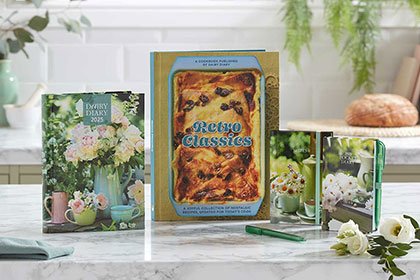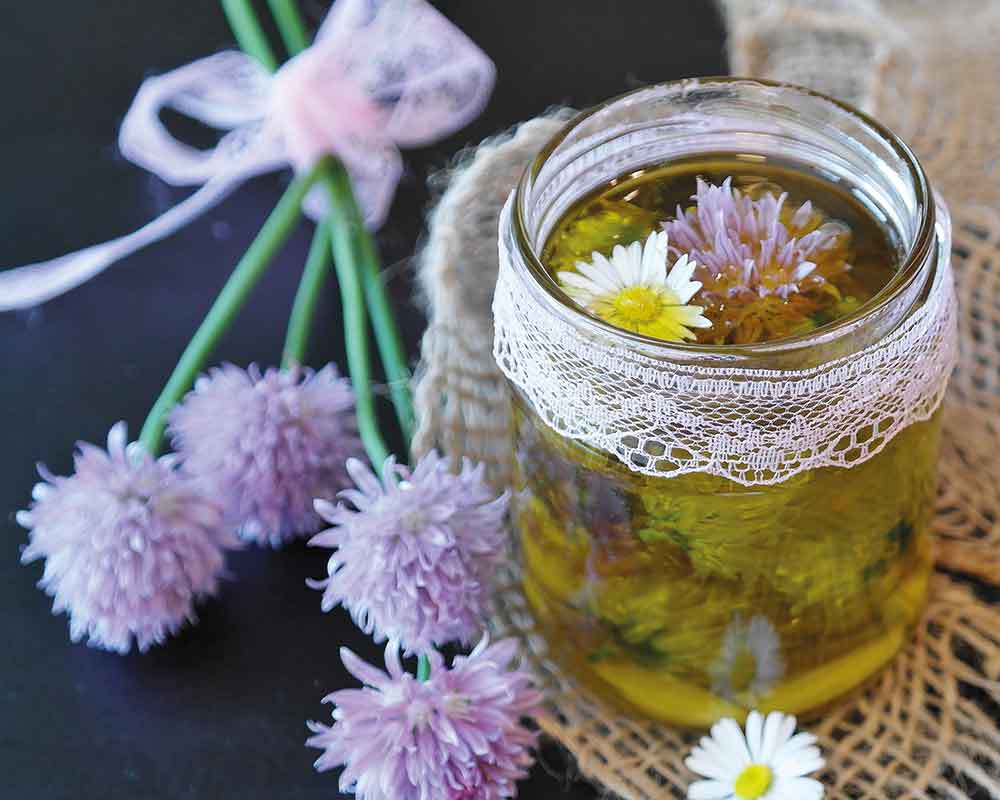Grow your own flower cutting garden…
Growing flowers for cutting is a win win – not only do they look (and often smell) gorgeous in the garden; they’ll look fabulous in your home too.
You don’t need a huge garden: you could include suitable plants for cut flowers in your main displays or even set aside an area especially for them so your beds and borders don’t look gappy once you start picking for the house. Or, if you have only a small space, you could grow in pots.
A house full of flowers is more of an affordable luxury when you grow the blooms yourself.
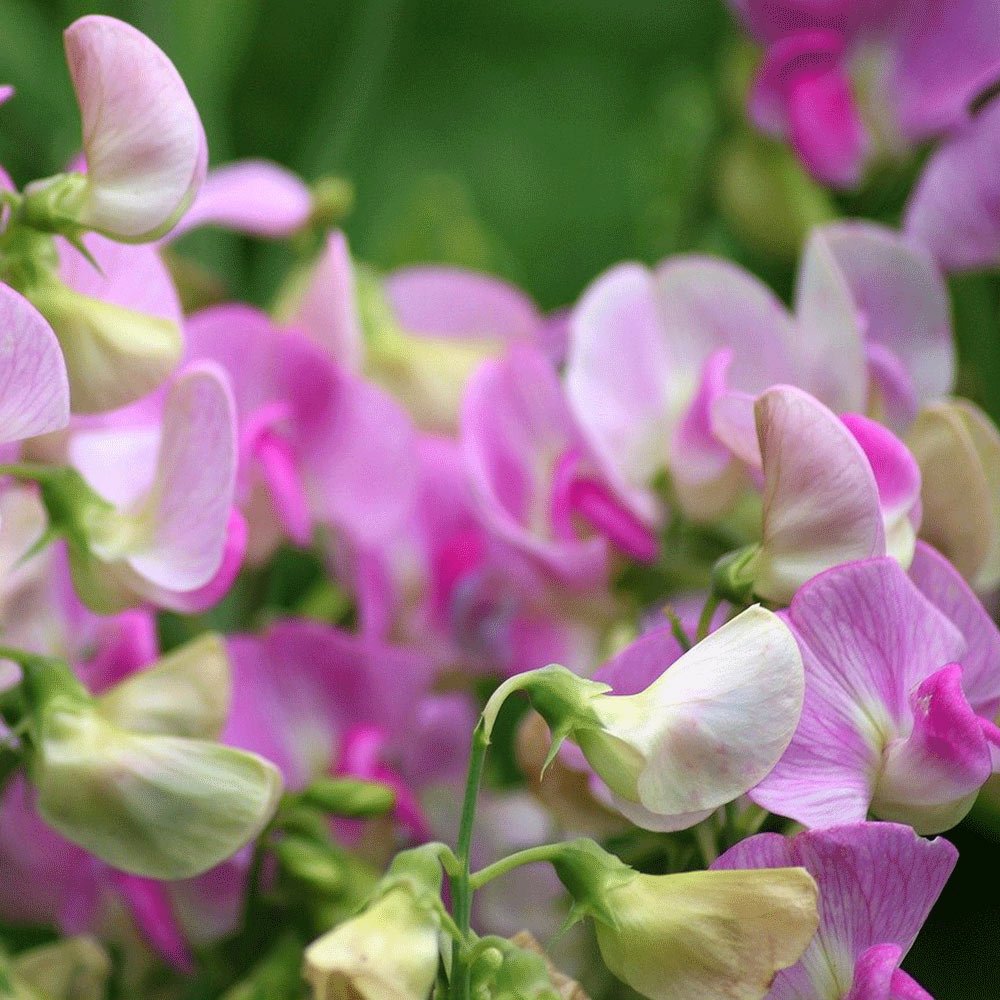
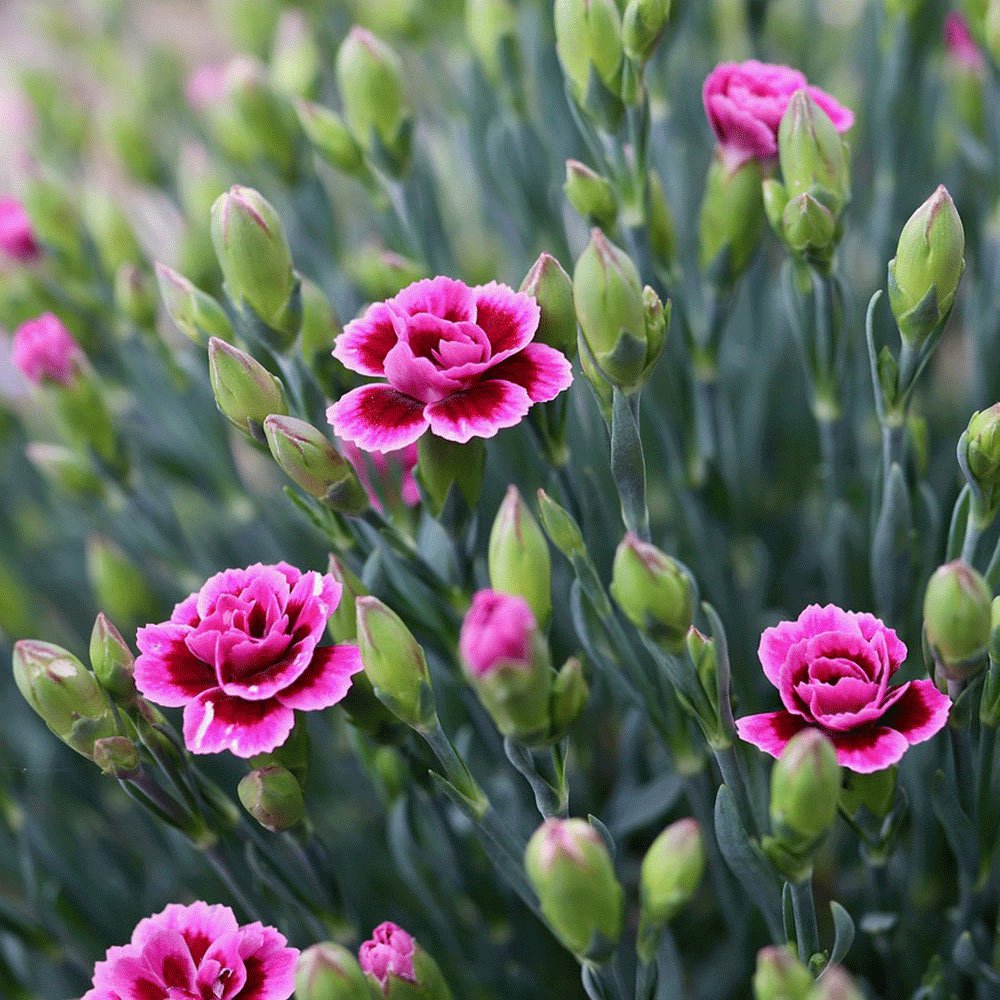
Choose flowers you love
Most flowers and foliage can be used to make lovely arrangements but for especially fragrant ones, roses are hard to beat. You could also try phlox, which is undemanding and grows in most soils; large scented flower clusters appear from July to September. Sweet William, pink and carnation (all species of Dianthus) are also a good bet – summer-flowering annuals, biennials or perennials, depending on varieties. Another summer flowerer is the sweet pea (Lathyrus odoratus) of which there are hundreds of varieties in different colours. As for scent, the clue’s in the name.
Think about foliage
Floral displays are particularly successful when they also include foliage; greenery, or even grasses. Consider herbs, such as rosemary, which has the advantage of being useful in the kitchen too, or clippings from your evergreen plants and shrubs. Choose smaller varieties of grasses, such as Lagurus Ovatus (Bunny’s Tail), which has wonderful fluffy tips.
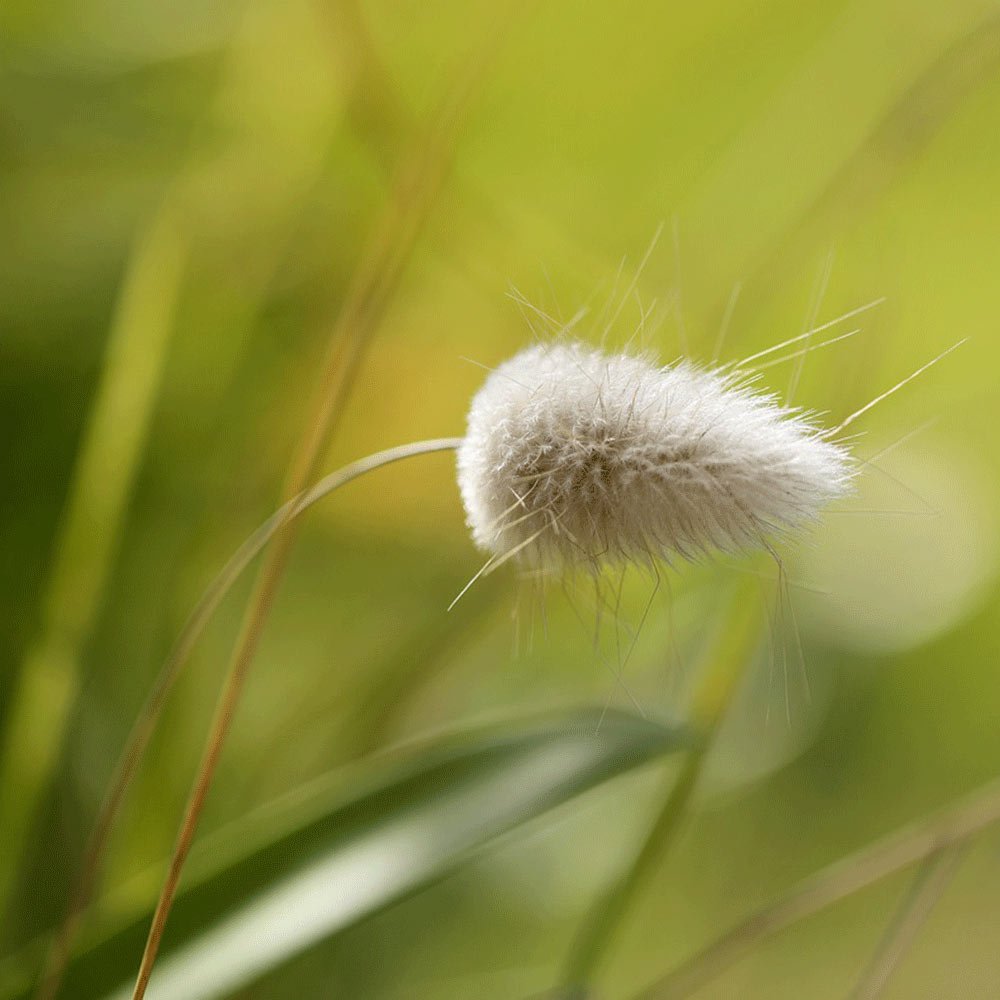
How to grow flowers for cutting
You could buy plants from the garden centre, or for really inexpensive flowers, you could try growing from seed. For many varieties, you don’t even need a greenhouse. Before you purchase seeds, check the packet to ensure that they can be sown directly into the soil, then choose what most appeals to you. There are loads of gorgeous plants to choose from, including zinnias, rudbeckia, snapdragons, the list goes on. Choose a sowing site that’s suitable for the plants you want to grow – check the seed packet for details. Most flowers need a warm, sheltered spot with plenty of sun. Weed the area, either by hand or with a hoe, and then fork over the soil to loosen it, firm it gently, then rake level, removing any lumps of soil and large stones. You could scatter the seeds or sow in drills (lines) so the new seedlings are easy to distinguish from any weeds. Cover with a layer of soil and water with a watering can fitted with a rose sprinkler head so that the water does not dislodge the seeds. Don’t forget to label them!
Now watch for the progress of your flowers. Cut regularly, and you should be rewarded with new continuous blooms throughout summer.

Head of Dairy Diary; I’m passionate about producing high quality products that our customers will cherish. I’m also a mum of three and I enjoy cooking, walking, gardening and art with my family, as well as lino printing (if I find time!)




